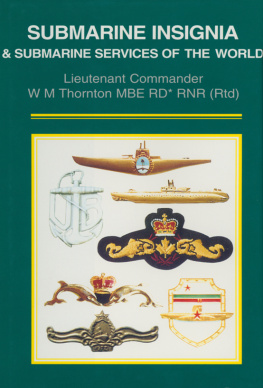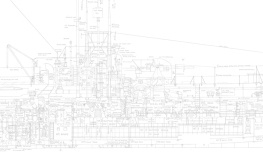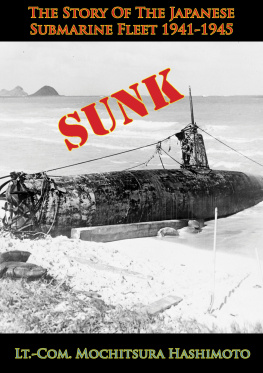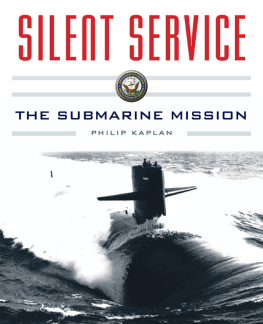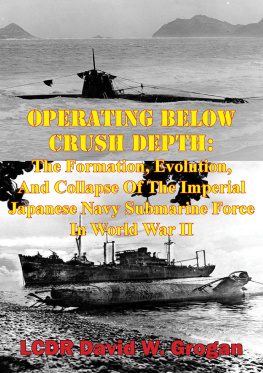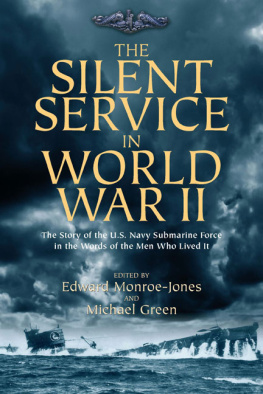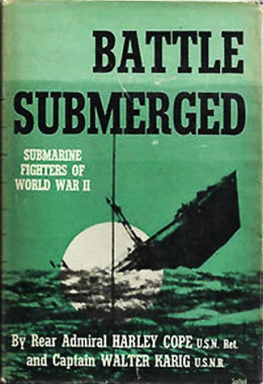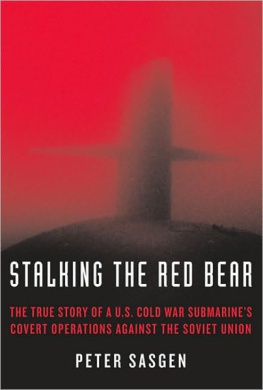SUBMARINE INSIGNIA
& SUBMARINE SERVICES
OF THE WORLD
SUBMARINE INSIGNIA
& SUBMARINE SERVICES
OF THE WORLD
Lieutenant-Commander W M Thornton
MBE RD* RNR (Rtd)
with the collaboration of
Capitn de Navio Gustavo Conde, Argentine Navy
First published in 1997 by
Leo Cooper
190 Shaftesbury Avenue, London WC2H 8JL
an imprint of
Pen & Sword Books Ltd,
47 Church Street, Barnsley, South Yorkshire S70 2AS
Lieutenant-Commander W. M. Thornton, 1997
A CIP catalogue record for this book is available from the British Library
ISBN 0 85052 536 5
Printed in Singapore by Kyodo Printing Co (Singapore) Pte Ltd
CONTENTS
In this book an attempt has been made to depict all the insignia that have been worn and are being worn by qualified submariners world-wide. No doubt readers will come across insignia that do not appear but these will, for the most part, be variation in manufacture, size and material. This reference should therefore, at the very least, serve to identify the country of origin and give relevant background information. New insignia will be produced as new submarine forces are formed. Hopefully these will be included in a revised volume to follow at some later date.
Various insignia have been produced, the authenticity of which, at this stage, cannot be verified. These are shown for information, and in some cases, assumptions made.
As an additional aid to identification, unofficial designs, if actually worn, are included. Some of these were the fore-runners of authorized insignia that were to follow.
Where actual examples of the insignia are not available, or where the illustrations are not suitable for reproduction, the author has prepared drawings for identification purposes. Note that the illustrations are not to scale.
| SS | Conventionally powered(diesel/electric) submarine |
| SSC | Conventionally powered (diesel/electric) small coastal submarine |
| SSK | Conventionally powered (diesel/electric) submarine with antisubmarine warfare capability |
| SSB | Conventionally powered (diesel/electric) ballistic missile submarine |
| SSG | Conventionally powered (diesel/electric) cruise missile submarine |
| SSN | Nuclear powered hunter-killer attack submarine |
| SSBN | Nuclear powered ballistic missile submarine |
| SSGN | Nuclear powered cruise missile submarine |
| SDV | Swimmer delivery vehicle
(The above refer only to post-1945 construction) |
| SLBM | Submarine launched ballistic missile |
| SSM | Surface to surface missile |
| USM | Underwater to surface missile |
| A/S | Anti-submarine |
| ASW | Anti-submarine warfare |
| ICBM | Intrecontinental ballistic missile |
| NM | Nautical miles |
NATO terminology is used in the text for most Soviet or ex-Soviet submarine classes.
| SS | Quebec |
| Whiskey |
| Romeo |
| Zulu |
| Foxtrot |
| SSK | Tango |
| Kilo |
| SSN | November |
| Victor |
| Alpha |
| Sierra |
| Mike |
| SSB | Golf |
| SSG | Juliet |
| SSBN | Hotel |
| Yankee |
| Delta |
| Typhoon |
| SSGN | Echo |
| Charlie |
| Papa |
| Oscar |
Early submarine types were usually known after their inventors, some of these were:
Holland
Simon Lake
Fulton | } | USA |
Laubeuf
Dupuy de Lme
Gustave Zd
Bertin | } | French |
Lauenti
Pullino
Cavallini
Bernardi | } | Italian |
| Nordenfelt | Swedish |
| Germania | German |
| Whitehead | British |
This is named after the shipyard.
Note that early submarines were termed submarine torpedo boats, consequently they are always referred to as boats, rather than ships.
SUBMARINE SERVICE
The Albanian submarine branch was formed in 1960 with the transfer of two Whiskey Class submarines (SS) from the USSR. When in 1961, after the split with Albania, the Soviet Union attempted to withdraw from its bases two further Whiskey Class submarines, then in Albanian ports, these were seized, thus doubling the Albanian submarine strength.
One submarine was deleted in 1976 and shortly thereafter another one relegated to harbour service. The remaining boats, which are the only significant vessels in the navy, are assumed to be operational.
SUBMARINE INSIGNIA
Very little information is available from Albania. In line with their Chinese Communist patrons, all ranks and insignia, apart from the red star cap badge, were abolished about 1966 and an universal Chairman-Mao style uniform adopted. Later, following the Chinese lead, the Navy changed to a more traditional uniform based almost entirely on the Chinese style.
After the collapse of Communism in March, 1992, more conventional uniforms and insignia of rank were introduced. A submarine badge made its appearance about early 1993. It consisted of the image of a conventional submarine measuring 92mm 18mm facing the wearers right. It was crudely embroidered in light grey thread on a dark blue background which usually followed the profile of the submarine. Further details are, at this stage, unavailable.
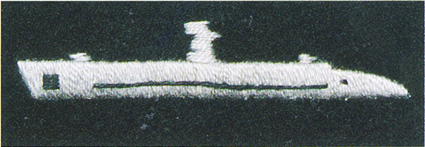
Albanian submarine insignia introduced early 1993.
SUBMARINE SERVICE
The Algerian Submarine Force was formed in January, 1982, with the delivery of a Soviet Romeo Class submarine (SS). A second submarine of the same class was delivered the following year. Both boats were on loan for a five year period and were subsequently returned to the Soviet Union. In 1987 a Kilo Class submarine (SSK) was purchased from the Soviet Union and was followed by a second one in 1988. These two modern submarines are likely to constitute the Algerian submarine force for the foreseeable future.
SUBMARINE INSIGNIA
In 1992 official sources indicated that no formal insignia was authorized. Since then various unsubstantiated reports have rumoured that a submarine badge has been seen but no details have emerged.
SUBMARINE SERVICE
Though experiments with a small electric powered vessel were reported in 1906/7, it was not until 1927 that Argentina ordered its first submarines. The new vessels, three in number, with a surface displacement of 775 tons, were purchased from Italy, and were based on the Italian Navys Mameli Class. Named Salta, Sante F and Santiago del Estero after Argentine provinces, these became traditional names for Argentinian submarines. They served for nearly three decades; the

